“STRAWBERRY FIELDS FOREVER” * The Beatles * CAPITOL Records (MONO; 1967)
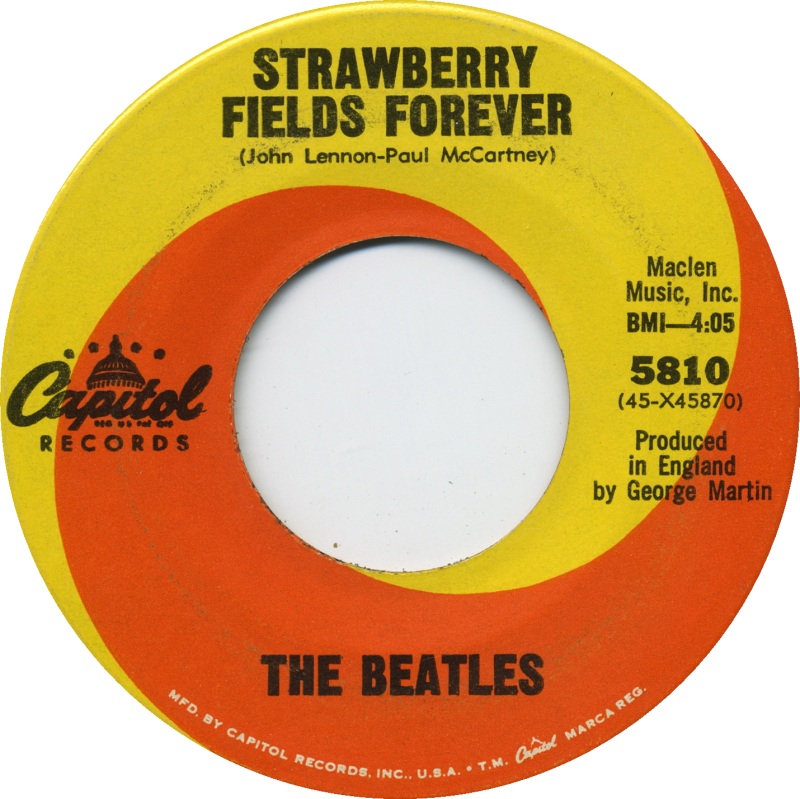
![]()

![]()
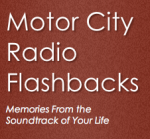 From the MCRFB news archive: 1963
From the MCRFB news archive: 1963
Specialized Programming Urged
CHICAGO — FM broadcasters termed “stereo” the most exciting programming tool in the medium’s history. “It offers the greatest potential for FM radio and can be the answer to many of your problems,” Jack Kiefer, KMLA-FM, Los Angeles, said last week.
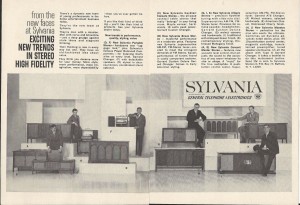
He spoke with a group of FM leaders at a day of panel discussions devoted to the FM medium at last week’s National Association of Broadcasters convention here.
Other salient points made during the discussions:
“Many FM stations are now effectively competing with AM outlets by doing a strong local job,” — James Sondheim, QXR Network, New York.
“Don’t let stereo lull you into a false sense of security. Use good broadcasting techniques — stereo is a tool, not a panacea.” — David Polinger, WTFM, New York.
“Sell your listeners on stereo, (despite) the greatest percentage of receivers are still monaural. We constantly remind our listeners that they broadcast they are about to hear in stereo sounds excellent on their monaural sets, but would so much better on stereo.” — Everett Dillard, WASH, Washington D. C.
Stereo and FM Synoymous
And in comments from the floor, Marie Lurie, WXFM, Chicago, the local QXR outlet, noted that, “to be competitive, stereo and FM will soon be synonymous. It’s FM’s biggest selling point.”
Parker Smith, WVJS and WSTO, Owensboro, KY., pointed out that his station dropped the FM designation in its call letters and substituted the word “stereo.” Smith said his station announced itself as “WSTO-Stereo.”
Panelist agreed that stereo separation offered exciting possibilities for commercials, news, sports, live interviews, as well as traditional recorded music.
Sports in Stereo
Examples of a basketball game with players moving from speaker to speaker, newscasts with announcers switching speakers for different voices, and other possibilities were cited.
Dillard said he felt national advertiser will support an FM stereo station that shows it’s a good broadcasting station. The reference was to FM broadcasters exercising good, competitive broadcast techniques similar to that employed by AM outlets.
Panelist also felt that the day had come when FM should examine all types of programming — not just “fine arts” as many stations were confining themselves to. A show of hands show that a sizeable percentage of FM broadcasters in the audience were using popular music.
Specialized Programming Urged
An FCC spokesman in the audience pointed out that FM stations should concentrate on filling a local community need. In a large market with numerous FM and AM outlets, a particular broadcaster might well decide to program to a specialized audience.
Smaller markets with a fewer stations, however, might well need a more general-type programming, the FCC commissioner said.
Pollinger noted that last year, 20 per cent of the stereo records he received were unsuitable for stereocasting because of distortion. “This year, it’s down to 5 per cent,” he said. END.
(Information and news source: Billboard; April 13, 1963).
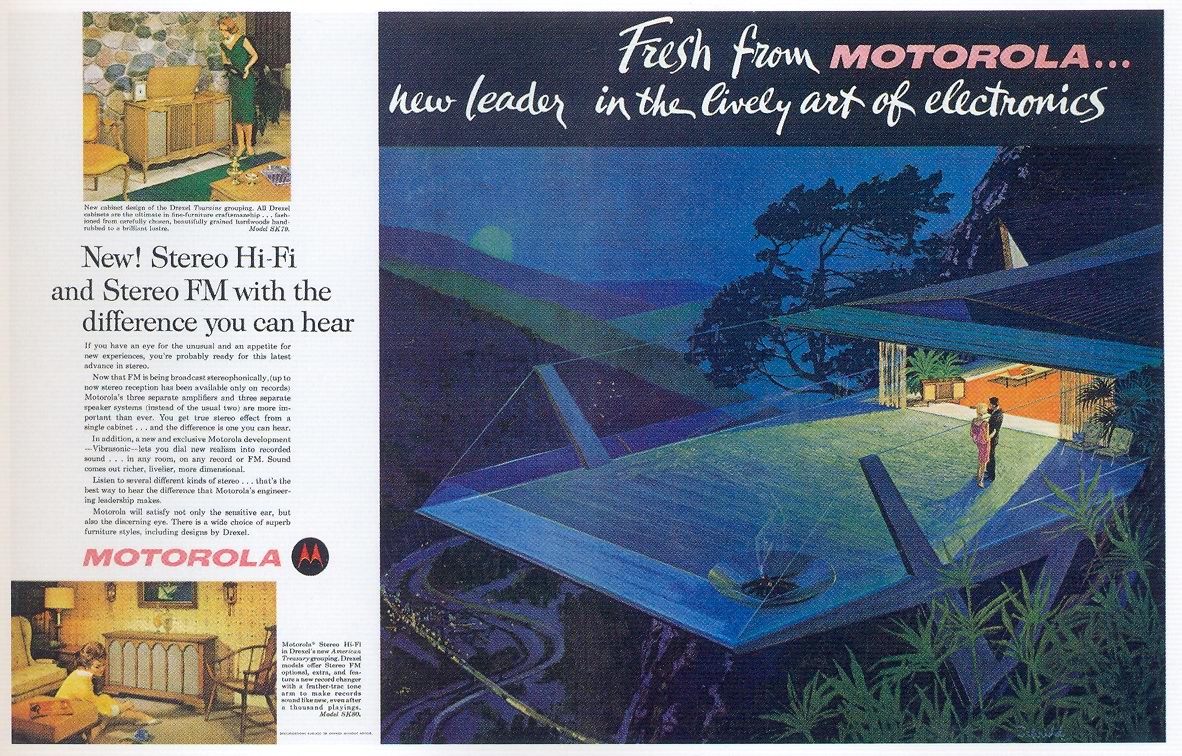
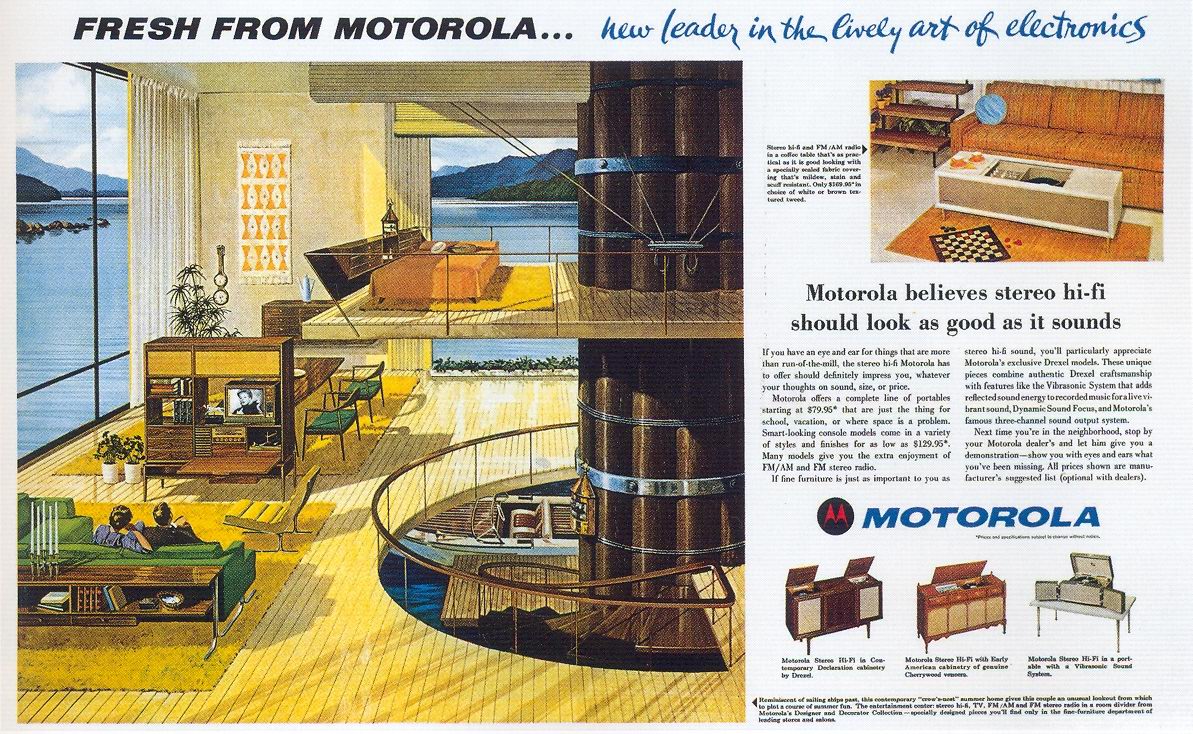
![]()
Special thanks to Jim Heddle for sharing this WXYZ Pat Murphy article with us at MCRFB! (From the Jim Heddle Collection).
UPDATE: Lee Alan added comments here regarding this post today, submitted 2013/07/04 at 11:21 AM
Thank you, Lee Alan. We appreciate always of you sharing your thoughts with us here on Motor City Radio Flashbacks!
![]()
THE TOP 35 HITS ON WXYZ ON THIS DATE IN 1966
WXYZ 1270 Detroit Sound Survey; No. 12 issued July 4, 1966 under Lee Alan, Program Director; WXYZ
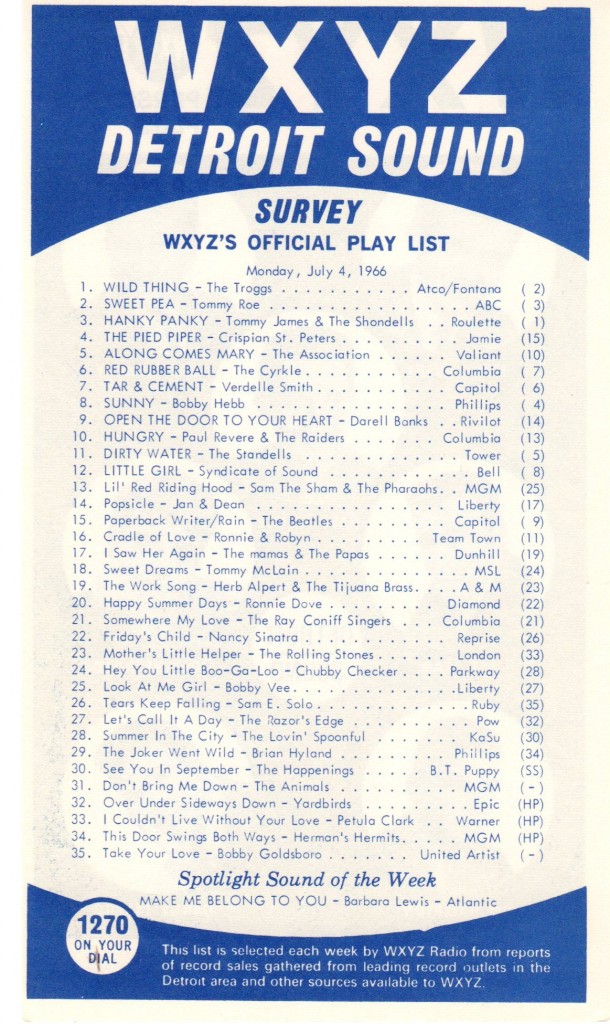 (WXYZ 1270 Detroit Sound Survey for July 4, this date 1966; survey courtesy the Jim Heddle Collection. For the previous weekly WXYZ June 27, 1966 survey click here).
(WXYZ 1270 Detroit Sound Survey for July 4, this date 1966; survey courtesy the Jim Heddle Collection. For the previous weekly WXYZ June 27, 1966 survey click here).
![]()
![]()
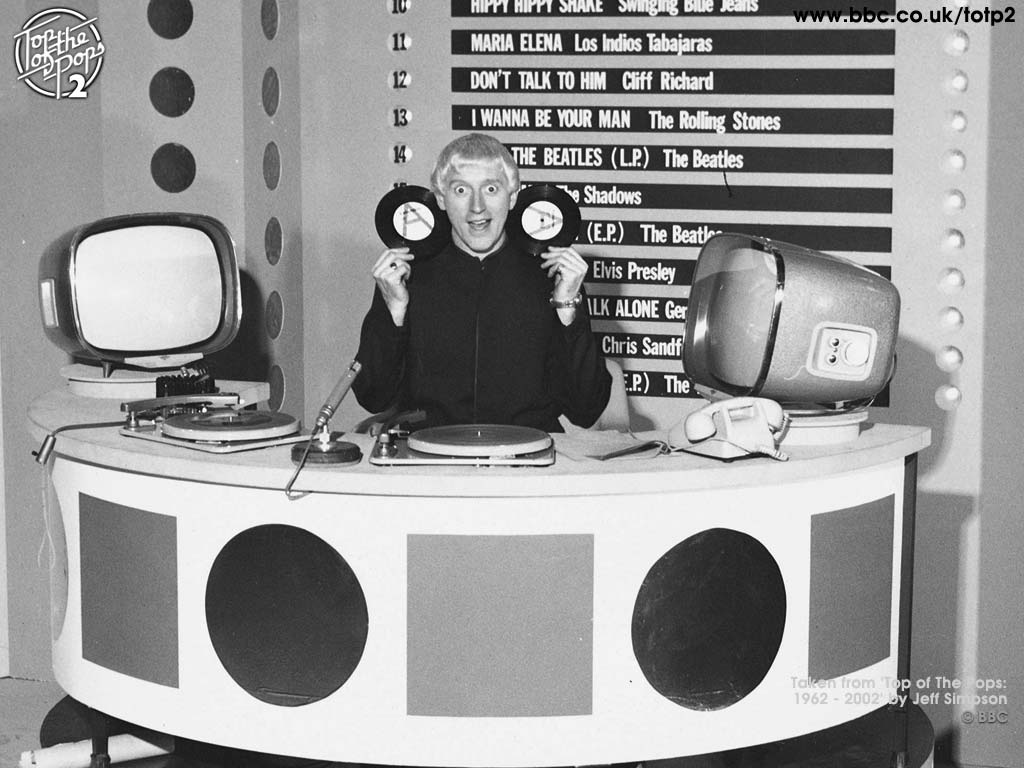
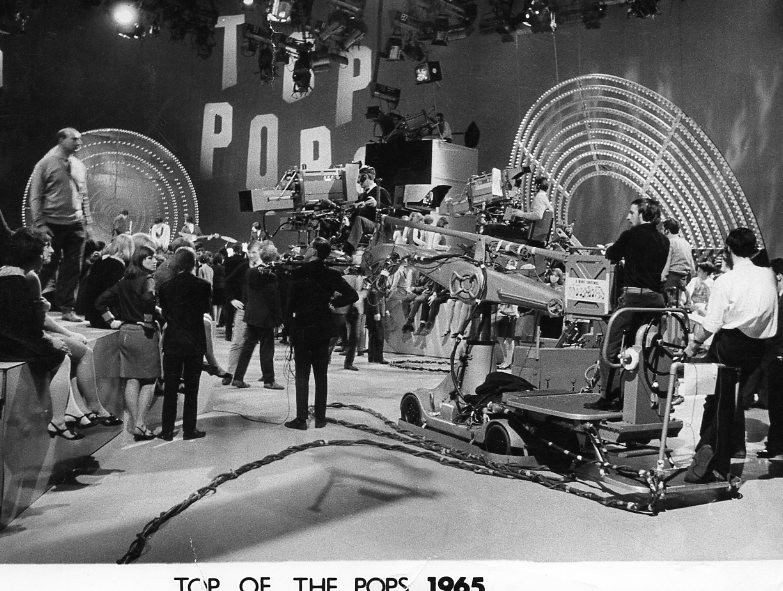
The “Top Of The Pops” aired on the BBC television network from 1964 through 2006. For a review on this British dance show’s history go here!
![]()
Bonds says Checker Stole His Song
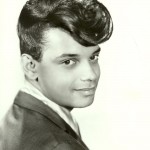
PHILADELPHIA — Rock and roll singer Gary (U.S.) Bonds claims that twister Chubby Checker swiped his top-selling song, “Quarter To Three.” And he went into U.S. District Court in Philadelphia to get the song back.
Bonds, who used to sing out of Norfolk, Va., as plain U.S. Bonds, filed a $100,000 damage suit against Checker. Bonds, a one-time spiritual singer named Gary Anderson, and Rock Master, Inc., a firm in which Bonds is associated with, claimed that “Quarter To Three” sold 800,000 records in 1961 before Checker and a number of co-defendants pirated it, as Bonds and his firm claimed in court.
The suit, filed by attorney Harold Lissius, alleges that they “manufactured and sold a version of “Quarter To Three” called “Dancin’ Party,” sung by Checker.
Named as co-defendants with Checker were Kalmann Muci, Inc., a publisher; Cameo-Parkway Recording Comapany, Kalmann Cohen, and officer of Kalmann Music, and David Appell, a music writer, all from Philadelphia.
U.S. Bonds says that “Dancin’ Party” was a flagrant imitation made to “deceive and confuse the public . . . and unlawfully capitalizes on the popularity of “Quarter To Three.” END.
(Information and news source: Billboard; January 12, 1963).
![]()
Special Thanks To Earl & Pam Clark For This Video
![]()